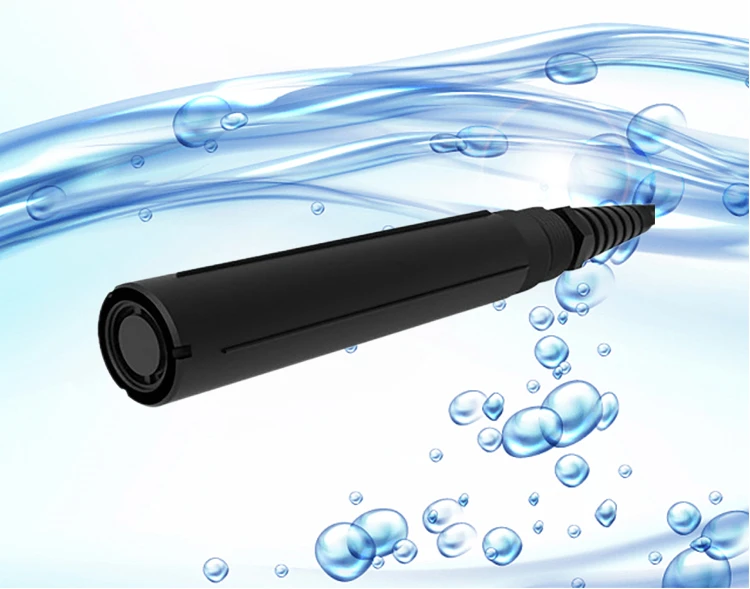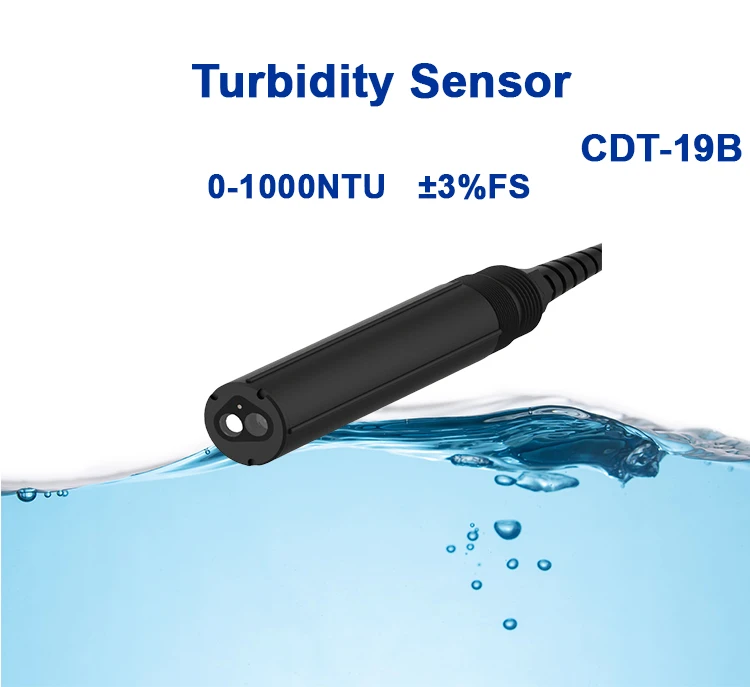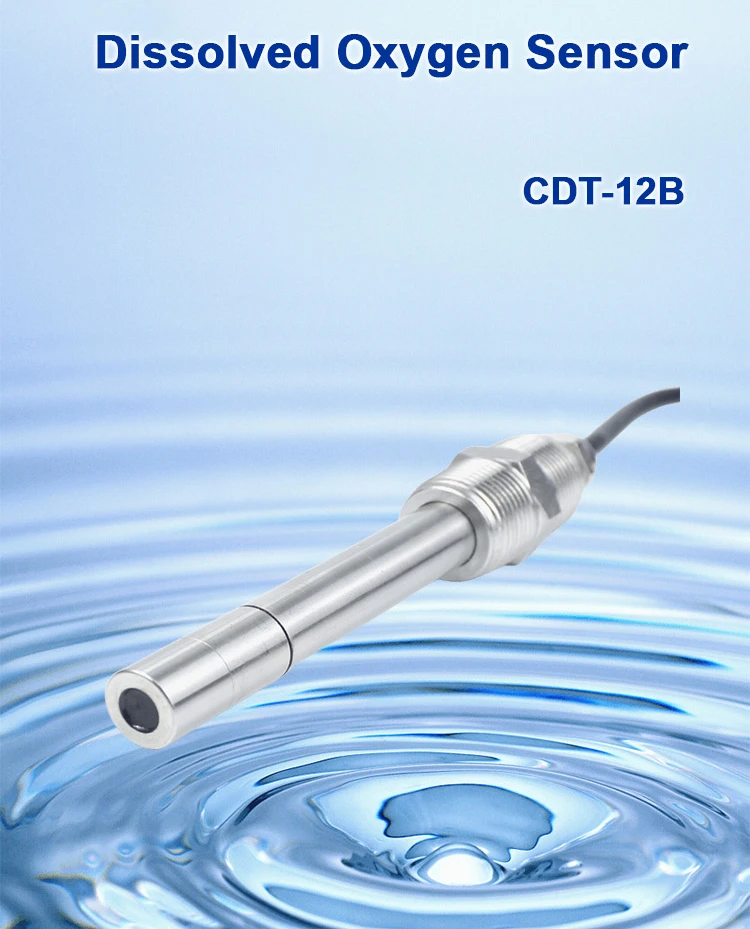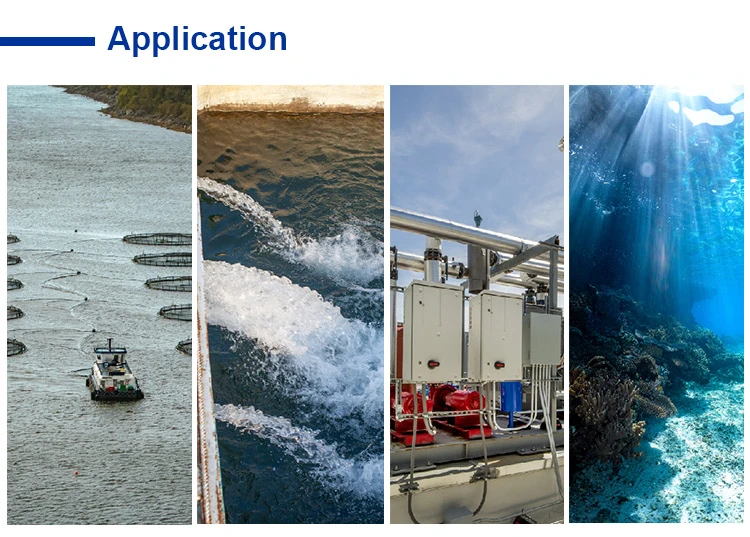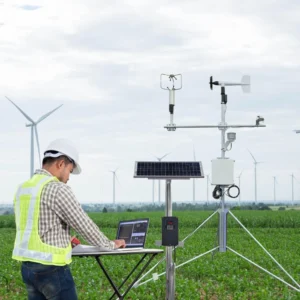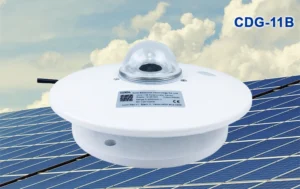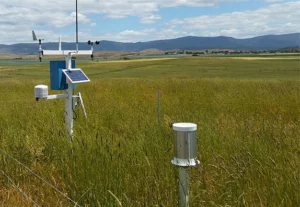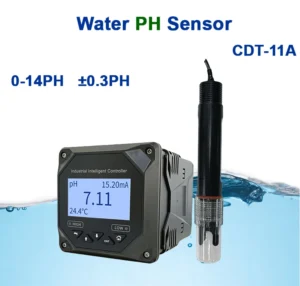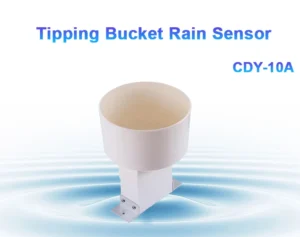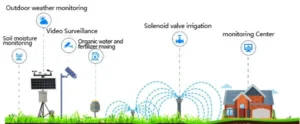Water Treatment: Unveiling the Top 10 Water Quality Sensors
Introduction:
Water is fundamental to life, influencing both survival and everyday activities. The quality of the water we consume has a direct impact on our well-being, making the monitoring and management of water quality a critical area of focus in modern science. Central to these efforts are water quality sensors, which evaluate different parameters of water and provide essential data for scientists, engineers, and technicians. Below are ten key water quality sensors commonly used in water treatment processes, along with an overview of their functions, applications, and importance.
1. pH Sensor
The pH sensor measures the acidity or alkalinity of water by detecting hydrogen ion concentration and converting it into an electrical signal. This tool is indispensable in various fields such as industrial wastewater treatment, agriculture, aquaculture, and household sewage systems.
**Applications**
*Industrial Wastewater*: Regulates pH levels to comply with discharge and treatment standards.
*Aquaculture*: Maintains optimal water conditions for aquatic organisms’ health and growth.
*Agriculture*: Controls the pH of irrigation water to enhance crop yield and quality.
**Importance**
Maintaining the correct pH balance is crucial for proper nutrient dissolving and chemical interactions in water. Improper pH can impair industrial systems, harm aquatic ecosystems, and stress or even kill aquatic life forms in aquaculture settings.
2. Conductivity Sensor
Conductivity sensors measure the ability of water to conduct electrical current, which correlates with the presence of dissolved salts or conductive substances. They can be designed as electrode-based, inductive, or ultrasonic sensors.
**Applications**
*Drinking Water Treatment*: Monitors dissolved solid concentrations to ensure purity.
*Industrial Processes*: Ensures water quality for operations where precise conditions are required.
**Importance**
Conductivity readings help identify contaminants in water; high levels may indicate pollutants or excessive salts, affecting taste or industrial processes. Conversely, low conductivity signals purer water, which is critical in many industrial applications.
3. Residual Chlorine Sensor
This sensor measures the remaining chlorine in water after the disinfection process, ensuring both safety for consumption and pathogen elimination.
**Applications**
*Drinking Water Treatment Plants*: Verifies effective disinfection practices.
*Swimming Pools*: Regulates chlorine levels for safe recreational use.
*Cooling Systems*: Deters microbial growth in industrial cooling systems.
**Importance**
The sensor ensures an optimal balance between adequate disinfection and minimizing potential harmful effects from chlorine by-products. Proper control enhances water safety while mitigating unpleasant taste or odor.
4. Turbidity Sensor
Turbidity sensors evaluate the cloudiness of water caused by suspended particles using light-scattering technologies to measure their concentration.
**Applications**
*Sewage Treatment*: Tracks filtration and sedimentation efficiency.
*Environmental Monitoring*: Gauges the ecological health of natural water systems.
*Drinking Water Treatment*: Confirms compliance with clarity standards.
**Importance**
Turbidity serves as a vital metric of water quality. High turbidity can harbor harmful microorganisms, disrupt aquatic ecosystems, and hinder disinfection processes, while clear water is essential to public health and environmental wellness.
5. Dissolved Oxygen Sensor
Dissolved oxygen (DO) sensors determine the oxygen concentration in water, a critical factor for the survival and well-being of aquatic organisms. They operate using electrochemical or optical technologies to deliver precise measurements.
**Applications:**
**Aquaculture:** Tracks oxygen levels to sustain a thriving environment for aquatic species.
**Wastewater Treatment:** Regulates aeration systems for efficient biological treatment.
**Environmental Monitoring:** Evaluates the health and sustainability of aquatic ecosystems such as rivers, lakes, and oceans.
**Importance:**
Maintaining proper dissolved oxygen levels is paramount for aquatic ecosystem health and wastewater treatment efficiency. Insufficient DO can create dead zones where aquatic life cannot thrive, highlighting the significance of these sensors in both environmental conservation and industrial operations.
6. Oxidation-Reduction
Potential (ORP) Sensor
ORP sensors measure water’s oxidative-reductive potential, offering insights into its chemical properties and ability to degrade contaminants.
**Applications:**
**Water Disinfection:** Tracks the efficacy of disinfectants such as chlorine.
**Aquaculture:** Regulates the oxidative state of water to ensure optimal living conditions for aquatic organisms.
**Environmental Monitoring:** Gauges pollution levels in various water bodies.
**Importance:**
ORP readings help monitor and optimize chemical reactions in water, providing essential data on disinfection and pollution control. Higher ORP values signify a stronger oxidative potential, making this a pivotal parameter for maintaining water safety and quality.
7. Chemical Oxygen Demand (COD) Sensor
COD sensors quantify the amount of oxygen required to chemically oxidize organic substances in water, serving as a critical metric for assessing organic pollution levels.
**Applications:**
**Industrial Effluents:** Measures organic load in wastewater prior to discharge.
**Sewage Treatment:** Ensures adherence to effluent quality standards set by regulators.
**Environmental Monitoring:** Tracks the impact of organic pollutants on natural water systems.
**Importance:**
COD directly reflects the organic pollutant concentration in water, essential for managing contamination and enhancing treatment processes. Elevated COD levels suggest increased organic loads, which can deplete oxygen and negatively affect aquatic life.
8. Ammonia Nitrogen Sensor
Ammonia nitrogen sensors detect the concentration of ammonia in water, often a byproduct of organic decomposition and industrial waste. This parameter is vital for gauging water quality.
**Applications:**
**Aquaculture:** Prevents ammonia toxicity in fish and shrimp habitats.
**Wastewater Treatment:** Evaluates nitrification process efficiency.
**Environmental Monitoring:** Examines agricultural runoff’s impact on aquatic ecosystems.
**Importance:**
High ammonia levels are toxic to aquatic organisms, making monitoring imperative for environmental health and aquaculture operations. Elevated concentrations can result in fish mortality and degraded water quality, emphasizing the sensor’s role in prevention and management.
9. Chlorophyll Sensor
Chlorophyll sensors measure the levels of chlorophyll in water, which can indicate phytoplankton concentrations and potential algal blooms.
**Applications:**
**Environmental Monitoring:** Assesses eutrophication in water bodies.
**Aquaculture:** Monitors algal growth to prevent harmful bloom events.
**Water Treatment Plants:** Evaluates nutrient removal effectiveness in processes.
**Importance:**
Chlorophyll readings provide early warnings of algal blooms, which can degrade water quality and pose health threats. Elevated chlorophyll levels often signify excessive nutrient availability, promoting algae overgrowth and subsequent oxygen depletion in aquatic environments.
10. Blue-Green Algae Sensor
Blue-green algae sensors utilize fluorescence technology to detect cyanobacteria, organisms known for producing harmful toxins that can jeopardize water safety.
Applications
**Drinking Water Reservoirs**: Tracks algal blooms to ensure safe and potable water supply.
**Recreational Waters**: Monitors water quality to guarantee safety for swimming and other activities.
**Aquaculture**: Helps prevent harmful algae outbreaks that could negatively impact fish health and productivity.
Importance
Monitoring blue-green algae is vital for curbing the spread of cyanobacteria, which can release toxins hazardous to both humans and animals. Through consistent surveillance, these sensors help protect public health and preserve aquatic ecosystems by maintaining high water quality standards.
Selection Criteria for Water Quality Sensors
Choosing the right water quality sensor involves evaluating multiple factors to ensure optimal functionality and dependability:
**Accuracy**: Must deliver precise measurements to enable informed decision-making.
**Range**: Should cover expected variations in water conditions relevant to the application.
**Resolution**: High resolution aids in detecting small yet critical changes in water quality parameters.
**Response Time**: Quick response facilitates real-time monitoring and timely intervention.
**Durability**: Sensors should be built to withstand challenging environmental conditions such as extreme temperatures, pressure, and chemical exposure.
**Calibration Requirements**: Simplified calibration processes ensure consistent accuracy while minimizing maintenance efforts.
**Compatibility**: Sensors should integrate seamlessly with existing systems or new setups with minimal modifications.
**Cost-Effectiveness**: A balanced approach between performance and affordability ensures long-term value.
Innovative Water Quality Sensors
Sensors by Hunan Coda Electronics
Hunan Coda Electronics specializes in cutting-edge water quality sensors meticulously crafted for precision in environmental monitoring. With over a decade of industry expertise, the company delivers devices engineered to meet stringent quality benchmarks. Their portfolio includes pH sensors, conductivity sensors, turbidity sensors, dissolved oxygen sensors, and more, catering to diverse applications like water treatment, environmental observation, and scientific research. Thanks to their commitment to quality assurance, tailored OEM services, and efficient delivery systems, Coda Sensors has earned its reputation as a reliable partner in water quality monitoring technology.
Conclusion
Water quality sensors are integral to modern water treatment processes, serving as crucial tools for ensuring safe drinking water, safeguarding aquatic habitats, and meeting regulatory compliance. From standard pH sensors to specialized blue-green algae detectors, each device plays an essential role in tracking specific parameters and optimizing treatment procedures for enhanced water management.
